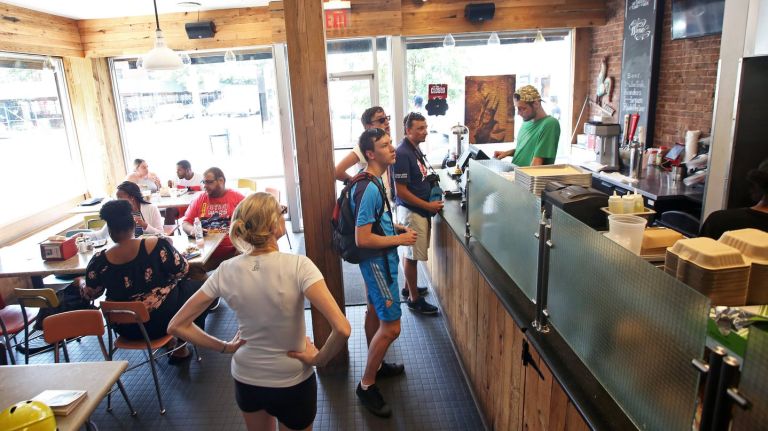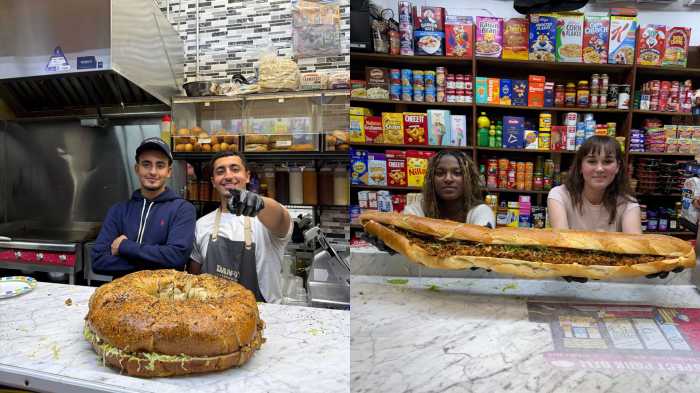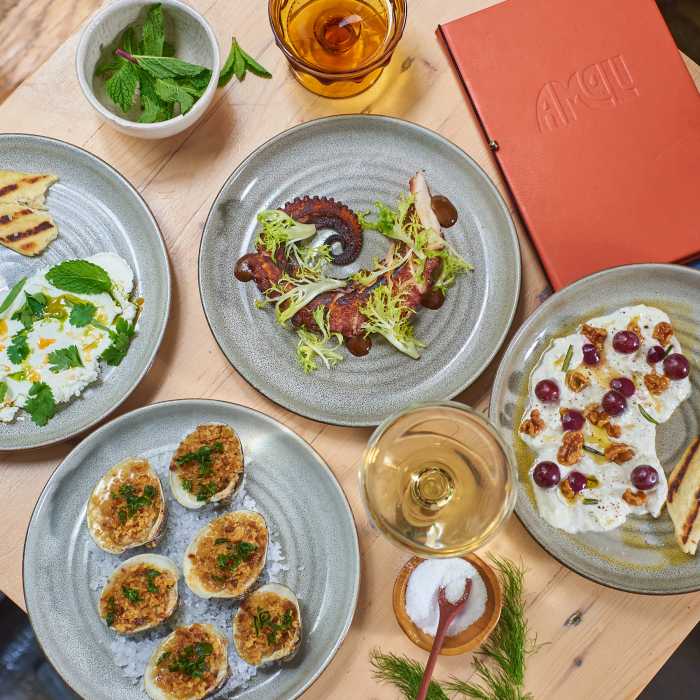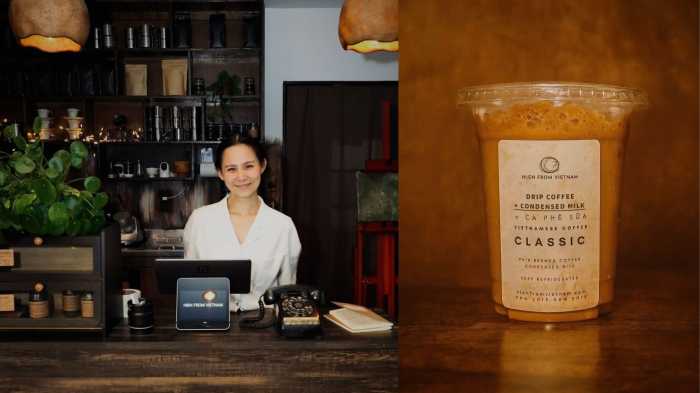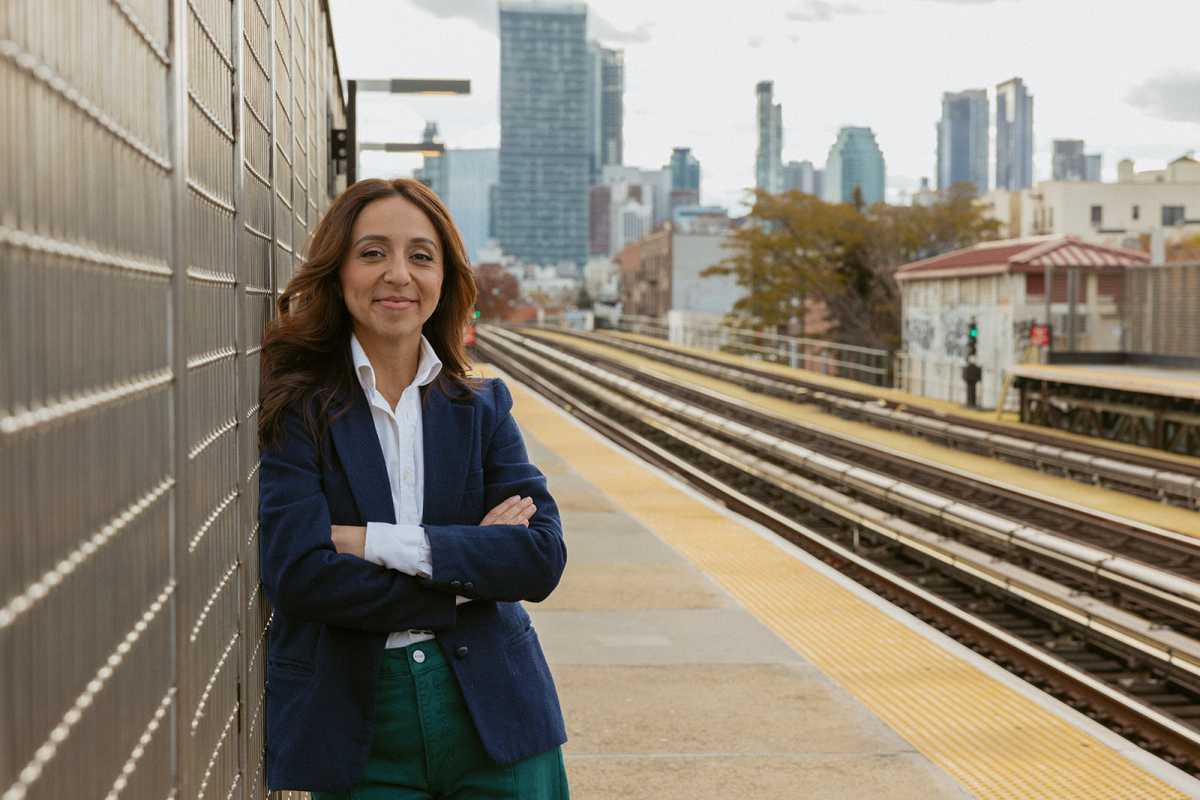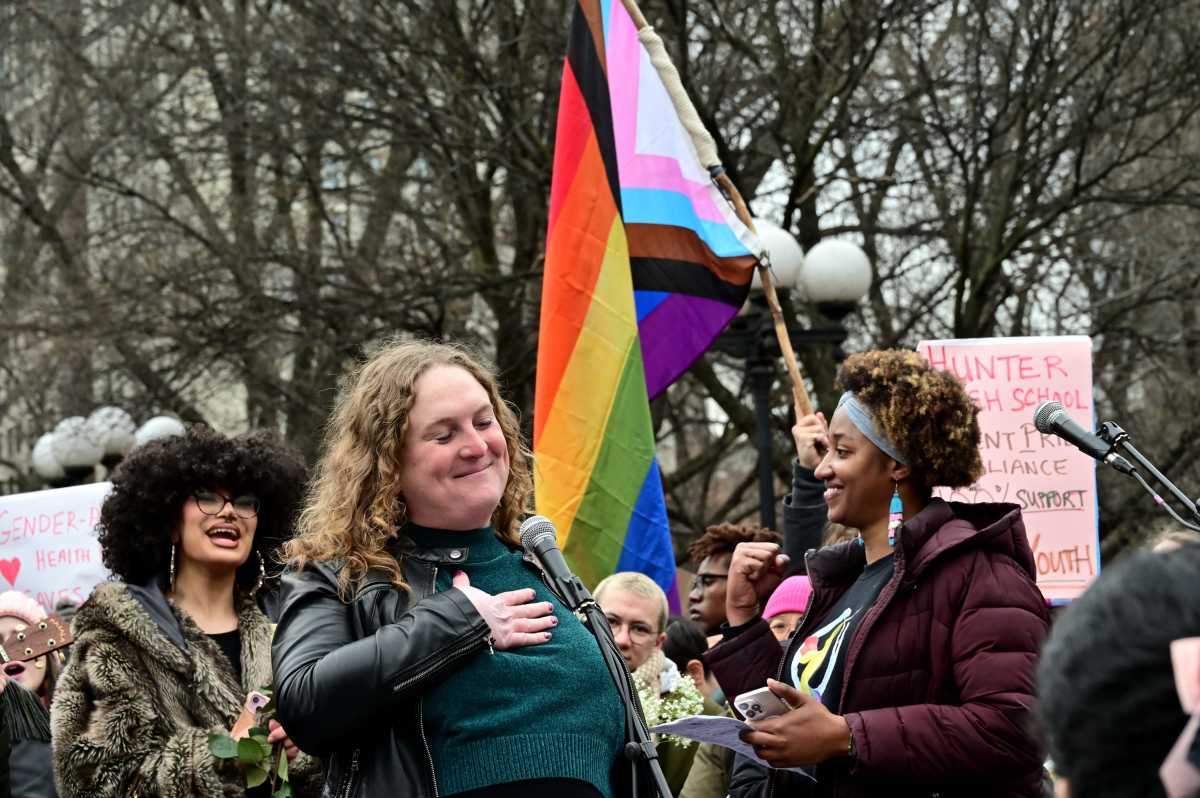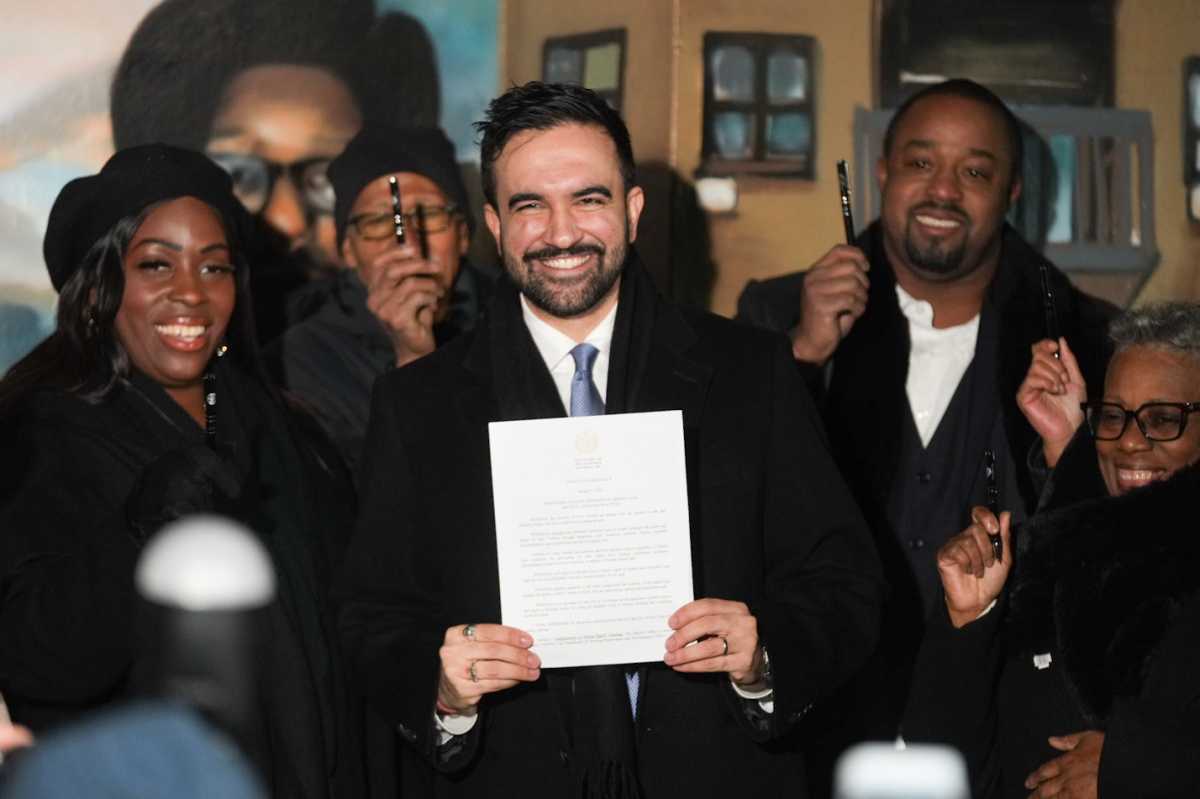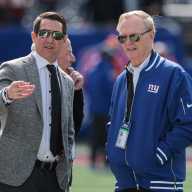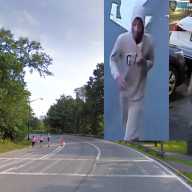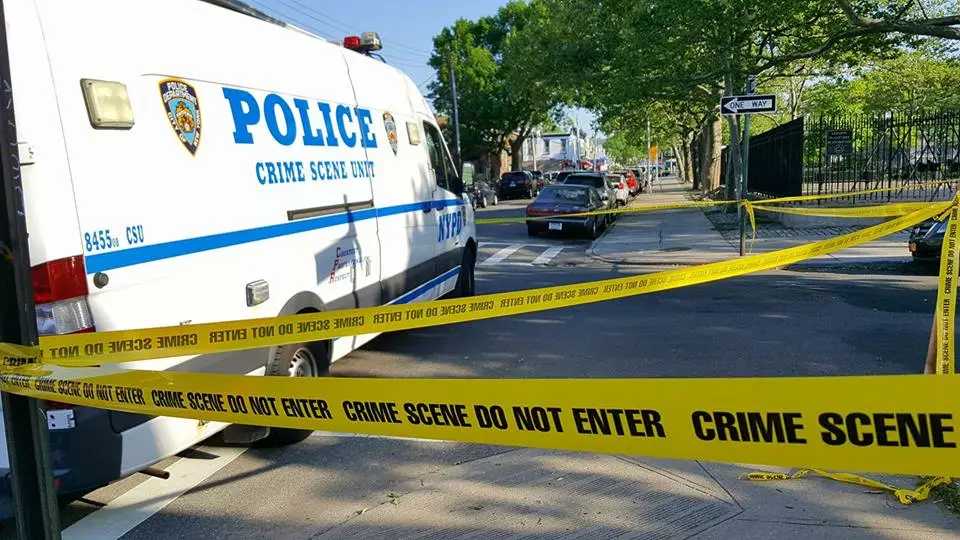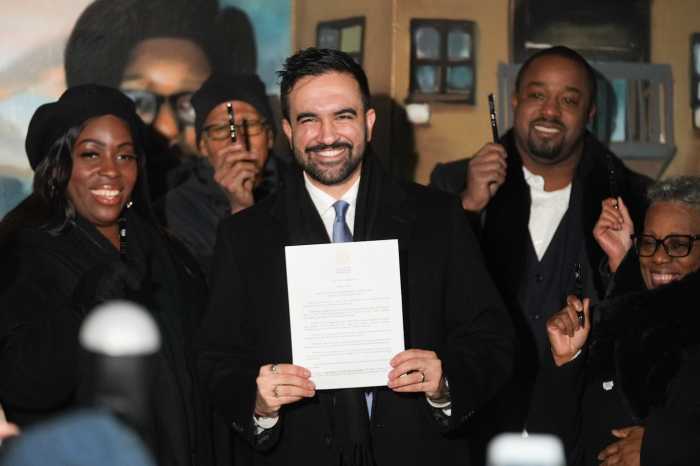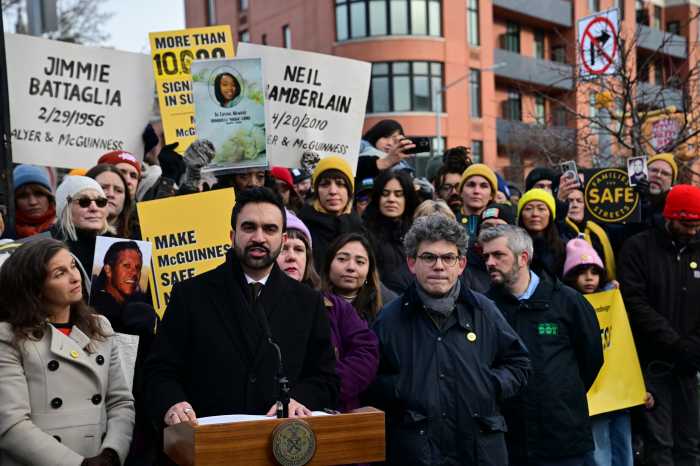Local hot spots Harlem Shake and Harlem Burger Co. are clutching their spatulas and gearing up for a battle of the burgers: Shake Shack’s launch in the quickly gentrifying neighborhood is close.
A modest hot dog stand back in the early aughts, Shake Shack is now anything but, with an ever-increasing global footprint. This fall, it’s bringing its grills to Harlem’s 125th Street, a bustling boulevard of a neighborhood that’s rife with gentrification and demographic changes. Even with the chain’s plans to incorporate local businesses and tastes to its menu at the branch, the move leaves some Harlemites — residents and businesses alike — with a bad taste in their mouths.
Alper Uyanik, owner of Harlem Burger Co., is already anticipating hits to his business.
“Big corporations are going to be big corporations, and they’re going to expand as much as possible,” Uyanik said. “Who gets hurt at the end of the day are small businesses.”
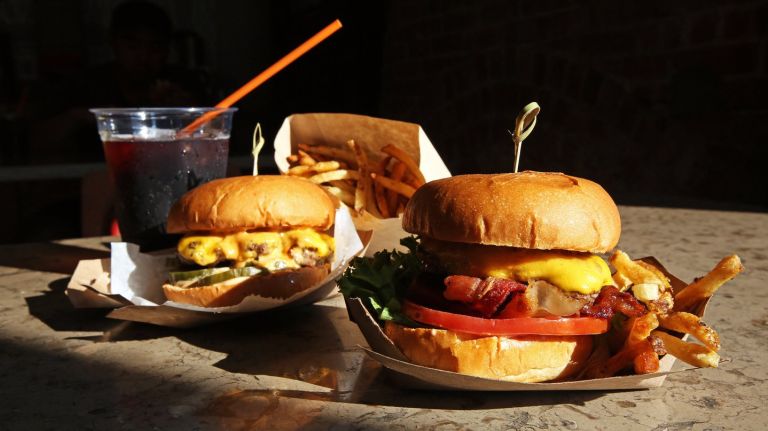
Shake Shack certainly is expanding. In the first quarter of 2018, the company opened nine new locations and hopes to grow even bigger, aiming for 32 to 35 more openings by year’s end. It currently claims 159 total stores.
Next stop, Harlem, a neighborhood known for its rich African-American history, vibrant music culture and now, gentrification. Harlem has gone through rapid changes recently, particularly in its demographics and real estate.
Changing demographics
Formerly quite a homogeneous neighborhood of black Americans and some Hispanics, Harlem is now more diverse than ever, with noticeably more white Americans and Asian-Americans. Blacks, as of a 2016 American Community Survey from the U.S. Census Bureau, comprise 53 percent of residents of Central Harlem, where the new Shake Shack is opening; that’s a 10 percent drop from 2010, and more than a 24 point decline from 2000. (Central Harlem is bordered by, clockwise from the north, the Harlem River, Fifth Avenue, Central Park and Fordham Cliffs.)
Census data shows increases, 2000 to 2016, for Hispanics (16.8 percent to 27 percent), whites (2 percent to 13 percent) and Asians (.9 percent to 5 percent), with margins of error of a minimum of 10 percent of the totals for each of the 2016 values.
The population of the neighborhood has grown overall, with 143,487 total Central Harlem residents in 2016 compared to 107,109 in 2000.
Businesses — luxury apartment buildings, the Whole Foods that opened last year — have reflected these changes, restaurants included. That scene has altered from largely soul food or African restaurants to a larger mix of cuisines, including French, Mexican and Thai, and even a Michelin-starred Japanese restaurant, Sushi Inoue.
And soon (no date has been announced) there will be that Shake Shack, another sign that the neighborhood is continuing to boom.
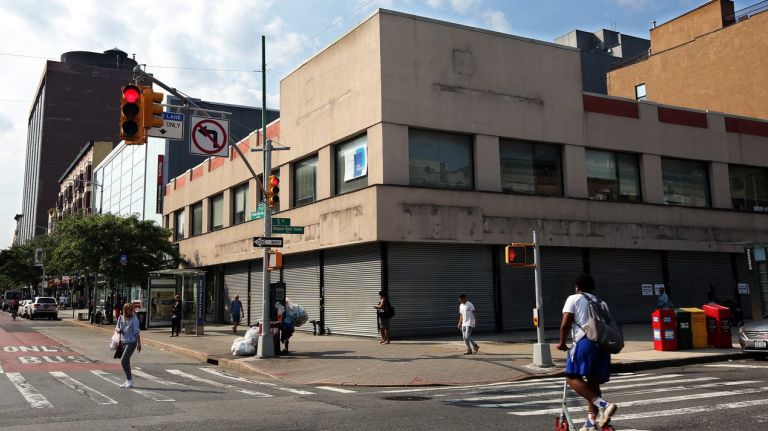
Shaking things up
As is customary with its openings, the company is partnering with a local bakery, Lady Lexis Sweets, for an item that will be available only at the Harlem branch: a Pie Oh My frozen custard with bits of Lady Lexis pies mixed in. Shake Shack will contribute 5 percent of proceeds from the custard’s sales to Harlem Grown, a nonprofit organization promoting healthy lifestyles.
“We’re excited to join the community and look forward to deepening our roots in Harlem,” said Kristyn Clark, Shake Shack’s senior manager for brand communications. Clark declined to comment further on the opening.
Some locals are also excited about the new option, and particularly about the partnership with Lady Lexis. Lili Wang, a Touro College medical school student living in Harlem, was glad to hear about Shake Shack’s plans.
“It’s always good to give back to the community, and it will make the store stand out amongst others when they partner up with a local bakery,” Wang said. “I’d go to Shake Shack more often knowing that.”
Still, the newcomer may not be welcomed by everybody — particularly, the burger behemoth’s competitors.
A highly regarded local hot spot, Harlem Shake could take a harder hit given its proximity to Shake Shack. Located nearby, on West 124th Street, Harlem Shake has been around since 2013 and, like its soon-to-be neighbor, serves burgers, fries and milkshakes.
“When something new arrives everybody wants to try (it), so we may see a dip in sales. However, because of our niche and longtime customers, I feel confident we will be fine,” Harlem Shake founder Jelena Pasic said in an emailed statement.
Loyal customers are also confident Harlem Shake will continue to flourish even after Shake Shack moves in.
For Osiris Stephen, who has lived in Harlem for 11 years, the difference is in the taste.
“I’ve had both, and I can tell you right now, I don’t remember how good Shake Shack was. This, I will remember,” he said, pointing to his Harlem Shake Hot Mess burger. “I’m about to go get another one.”
By the numbers
The Hot Mess, dressed with cherry peppers, bacon relish and American cheese, is a popular item at Harlem Shake, where burgers start at $7. Frequently accompanying the patties are the restaurant’s varieties of fries, such as sweet potato, truffle and chili cheese, starting just over $3.
It also offers signature milkshakes, including an eponymous option that’s a rich red velvet milkshake with cake pieces (which may at first struggle traveling up the straw but eventually trudge through) for added texture. With milkshakes priced $5 and up, a full meal (of burger, fries and a shake) at Harlem Shake ranges from about $15 to $24 per person.
Harlem Shake’s competition with Shake Shack may be even fiercer given the similarities in their products. Compare the Hot Mess to Shake Shack favorite the SmokeShack, a cheeseburger with bacon, cherry peppers and its special ShackSauce. And Shake Shack’s milkshakes can often include cake or pie pieces.
What’s different is the cost. Shake Shack offers its products at a relatively lower price point: Its burgers start at $5, shakes and frozen custards from $4. Crinkle fries, at $3, are about the same. So a full Shake Shack meal’s range is $12 to $21.49.
Several blocks away on Frederick Douglass Boulevard, Harlem Burger Co. has been serving burgers and shakes that are slightly pricier since 2016. It charges $8.50 for a classic hamburger, while fries are from $4.25 (served with truffle mayo). Shakes are a flat $6, with an additional charge to make it a malted. A complete meal here would range from $18.75 to $24.75.
Both of the Harlem burger spots also offer unexpected menu items, such as mac and cheese (with bacon and blue cheese) and a miso-marinated cod sandwich at Harlem Burger Co.; and Sonoran dogs (deep-fried, bacon-wrapped hot dogs) and mimosas (and beer and wine) at Harlem Shake.
Still, the higher prices at Harlem Shake and Harlem Burger Co. could make keeping up with the chain more difficult. Harlem Burger Co.’s owner Uyanik attested to the hardships in competing with the big guys, citing the daily struggles his “tiny, tiny establishment” endures.
“There’s nothing in the retail world that makes it conducive for small businesses to thrive,” he said. “Each day, month goes by, the challenges are mounting.”
But because his store is a bit of a walk from Shake Shack, Uyanik is less worried about the incoming competitor.
“We’re somewhat away from that particular location,” he said. “I don’t foresee it having a big impact on our sales.”
On balance
While many are concerned about Shake Shack’s impact on the neighborhood’s gentrification, others have a more positive outlook. Queens resident Ralph Simmons thinks Shake Shack will be a boon for the economy.
“It’ll bring more jobs to the neighborhood and hire more people from the community,” Simmons said.
A balance of chains with mom-and-pop stores benefits the neighborhood, Amy Wine, a Harlem resident and mother of two, said, adding that Harlem Burger Co.’s turkey burgers lure her into the local spot every two weeks.
On the flip side, outside chains in Harlem not only drive native Harlemites away but also “create a rift” within the community, Stephen, a business development specialist at Cannabis World Congress, said. Such establishments can behave differently in customer service, catering to those they believe are more affluent.
“You can tell with the body language, the communication they have with the community,” Stephen said. “The customer service starts to shift, and I’m very cognizant of that.”
But for Uyanik, it’s better to think of the phenomenon as a “second Harlem renaissance,” rather than gentrification. Even with another chain restaurant coming, he has faith in his customer base.
“At the end of the day, when a business has a local community following, the community really tries their best to support it.”
